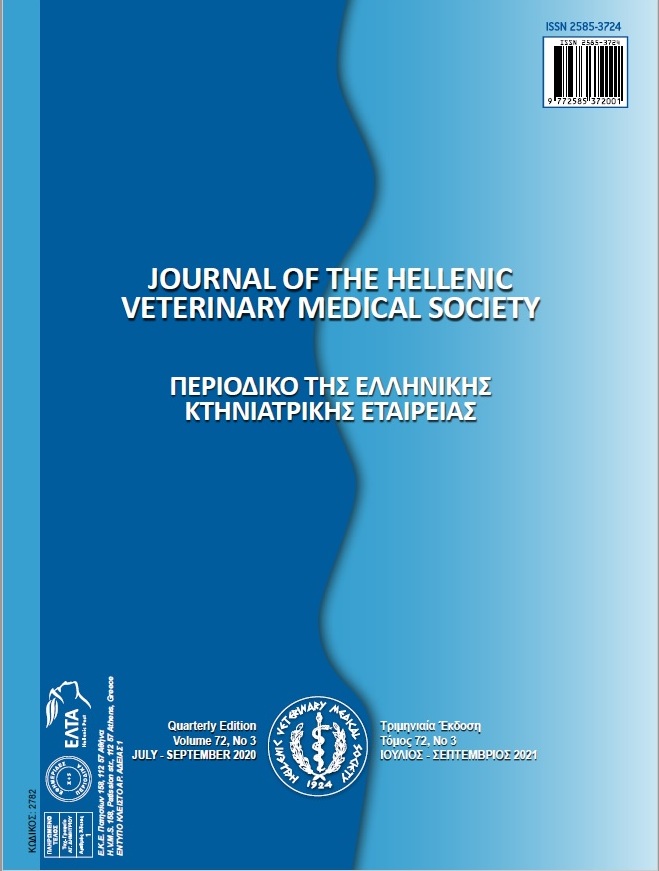Effects on beef microstructure using fractal dimension and ANN modelling
Resumen
The freezing time of beef has been predicted using an artificial neural network (ANN), which relies on data obtained from the microstructure of meat. For this reason, cross-sectional images of beef meat were captured during six periods of frozen storage (2, 4, 6, 8, 10, and 12 months after slaughter). The equivalent diameter and ratio of area of the ice crystals relative to the cell were determined, and the fractal dimension was chosen to describe the porous microstructure due to the crystallization of ice in frozen beef. As a result, when meat has been frozen for a long time, larger ice crystals form. In contrast, the fractal dimension decreased with the change in the microstructure of muscle tissue during storage. Artificial neural network analysis (ANN) revealed a high accuracy of prediction performance for each morphological attribute. These results show that the fractal dimension can be used as an effective method to characterize the structure of beef during frozen storage, and ANN models can successfully describe structural changes in beef meat during frozen storage.
Article Details
- Cómo citar
-
Lakehal, S., Lakehal, B., Chadi, H., Bennoune, O., & Ayachi, A. (2025). Effects on beef microstructure using fractal dimension and ANN modelling. Journal of the Hellenic Veterinary Medical Society, 75(4), 8281–8290. https://doi.org/10.12681/jhvms.36854
- Número
- Vol. 75 Núm. 4 (2024)
- Sección
- Research Articles

Esta obra está bajo una licencia internacional Creative Commons Atribución-NoComercial 4.0.
Authors who publish with this journal agree to the following terms:
· Authors retain copyright and grant the journal right of first publication with the work simultaneously licensed under a Creative Commons Attribution Non-Commercial License that allows others to share the work with an acknowledgement of the work's authorship and initial publication in this journal.
· Authors are able to enter into separate, additional contractual arrangements for the non-exclusive distribution of the journal's published version of the work (e.g. post it to an institutional repository or publish it in a book), with an acknowledgement of its initial publication in this journal.
· Authors are permitted and encouraged to post their work online (preferably in institutional repositories or on their website) prior to and during the submission process, as it can lead to productive exchanges, as well as earlier and greater citation of published work.




